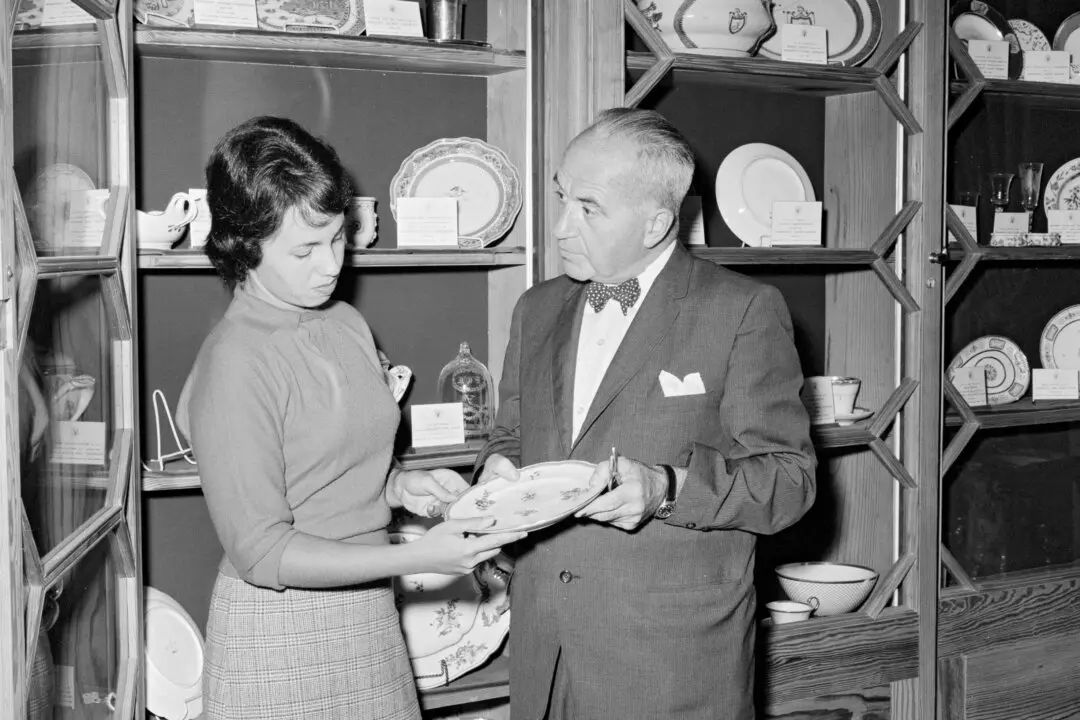One of the most beloved Christmas stories traces its origins to a picturesque street on Manhattan’s Upper West Side neighborhood. The brownstone and brick rowhouse at 115 W. 95th St. was the childhood home of Virginia O’Hanlon, the eponymous girl in the “Yes, Virginia, there is a Santa Claus” 1897 editorial published by The Sun.
This editorial has become legendary; it’s the most republished editorial in American journalism. The text has entered the Christmas canon with families and communities rereading it as part of their annual celebratory tradition.





